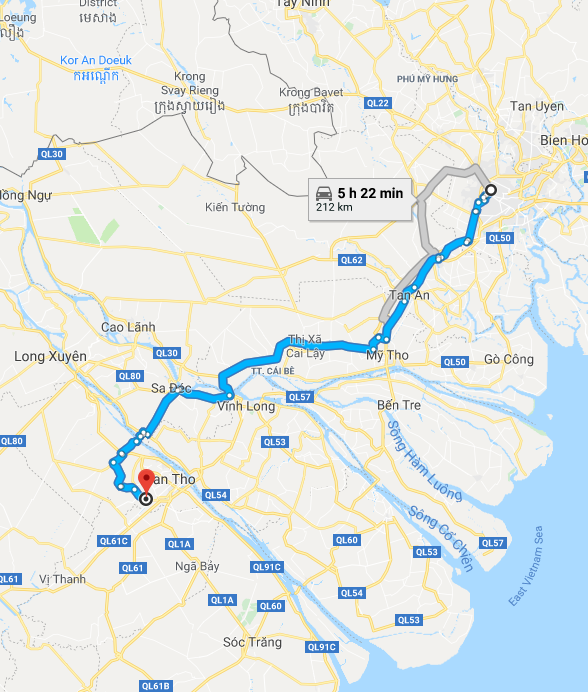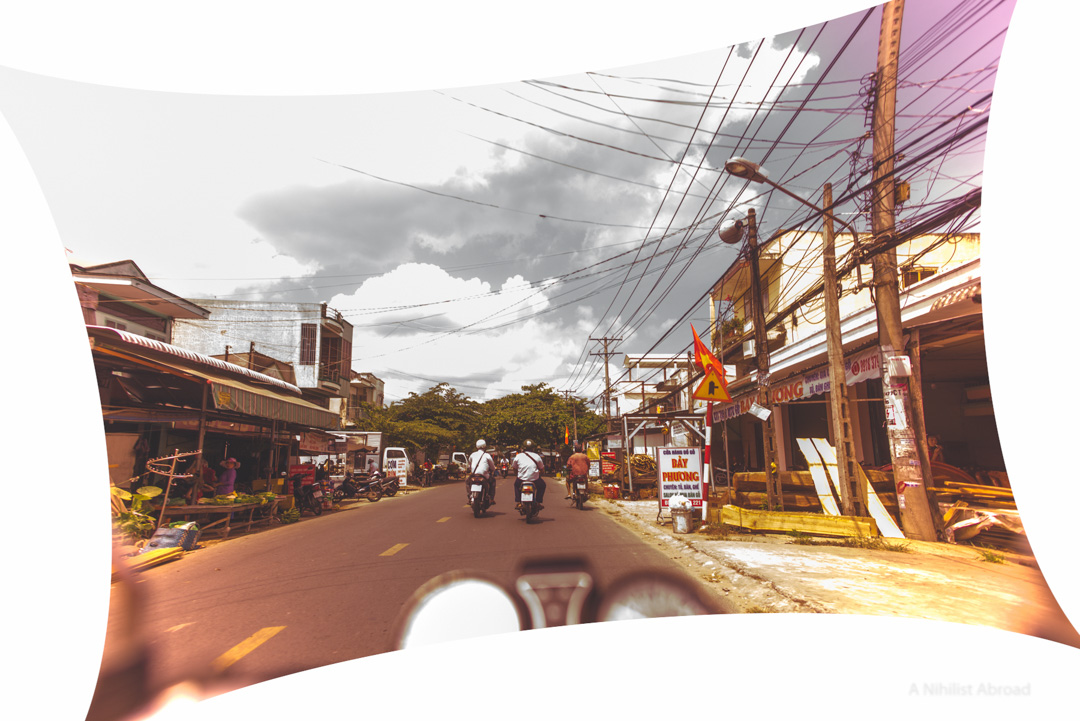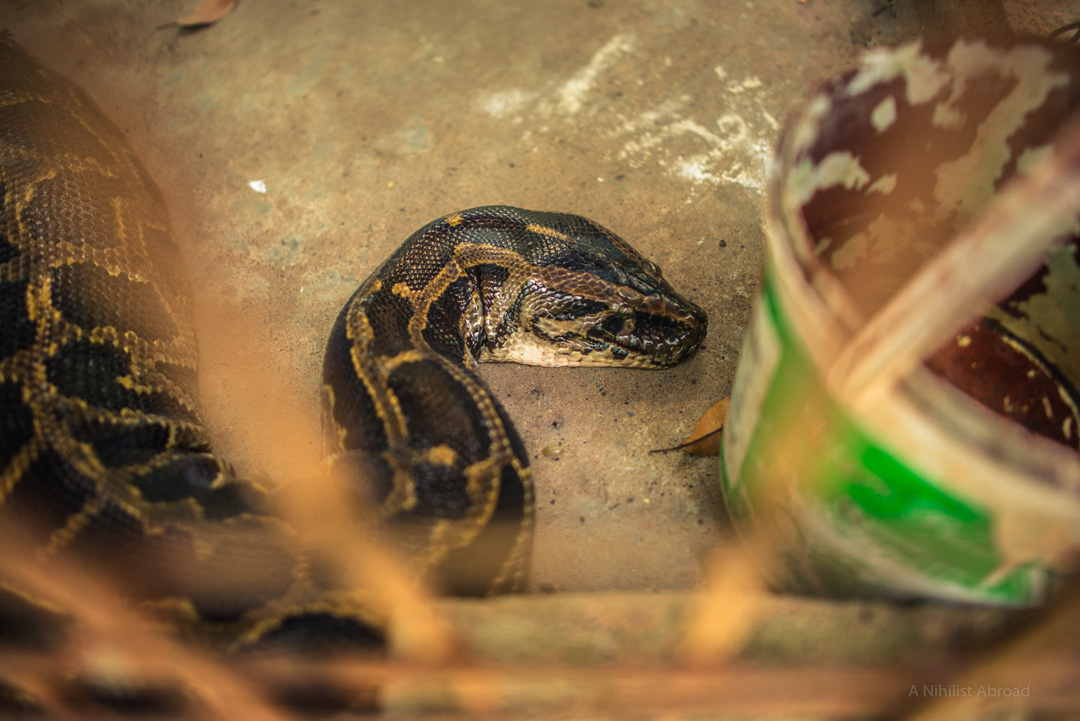Vietnam is breathtaking. Its landscapes are a blend of bustling cities and serene natural beauty, and its people are warm and welcoming. But beneath the vibrant culture and postcard-worthy sceneries lies a harsh reality: the country is sorely lacking in animal rights laws. Despite my best efforts to avoid any attractions that profit from animal cruelty, I was confronted with sights that were impossible to ignore. And if this was what I saw while actively avoiding it, I can’t imagine what’s hidden behind closed doors.
The Road to Can Tho: An Unexpected Detour
My journey to Can Tho began with excitement and adventure. Just 200 km west of Ho Chi Minh City, the historic Mekong Delta boasts a vibrant early-morning river market that I was determined to see. Having recently conquered my first fully manual motorbike in Ho Chi Minh, I was itching to take it for another spin. We made a plan—Jess and I would leave our heavy suitcases at a hotel lobby and travel light, embracing the freedom of the open road.
But nothing could prepare me for the ride that awaited us.

We arrived in Can Tho under the cover of darkness, exhausted but exhilarated. Our dreams of catching the bustling morning markets faded as we overslept the next day, but we were determined to make the most of it. Our plan was simple: explore by getting lost, saving random points of interest on Google Maps, and letting curiosity be our guide.
A “Sanctuary” of Suffering
One location stood out—a place marketed as an “alligator sanctuary.” With visions of sprawling enclosures and thriving wildlife, I figured it would be an interesting detour. How wrong I was.
The place was desolate. There were no alligators in sight, just an old man who took our money and assigned us a “guide.” Within moments, the air grew heavy with regret.
The first sight was a giant snake cramped in a tiny, dirty cage. It sat right next to two dogs trapped in an even smaller, filthier cage. One of the dogs had a raw, open sore on its ear, and both looked utterly defeated. We had already paid, so we pressed on, curious and horrified to see just how bad things could get.
They got worse.

We finally stumbled upon the supposed “alligator sanctuary.” Two alligators languished in a pathetic puddle of murky water. Their eyes were vacant, devoid of any spirit. As sad as it was, it wasn’t the most heartbreaking sight.
That title belonged to a couple of Pig-Tailed Macaques suspended in a cage with no floor, just metal fencing. They were high above the ground, their tiny hands gripping the harsh wire, shifting uncomfortably to avoid the biting metal beneath them. It was obvious that escape attempts were a problem in the past because the cage was layered with three rows of fencing, creating a cruel fortress of imprisonment.

Their eyes followed me as I walked by, their tiny faces twisted with desperation and hopelessness. It was hard to look at them, and even harder to walk away knowing they were left behind.
A Call for Change
Vietnam has so much to offer, but the treatment of animals is a dark stain on its beauty. These creatures are living in hellish conditions, suffering in silence with no laws to protect them. It’s heartbreaking, and it’s infuriating.
Traveling is about discovery, about embracing new experiences and learning from them. But sometimes, what you learn leaves a scar. This isn’t just about a few “bad” places—it’s a systemic issue that needs attention. If nothing changes, these animals will continue to live and die in misery.
Change is possible, but it begins with awareness. It begins with travelers refusing to support such places and advocating for better animal welfare laws. It begins with voices speaking up for the voiceless.
Vietnam is beautiful, but until this changes, it will never be truly breathtaking.



0 Comments